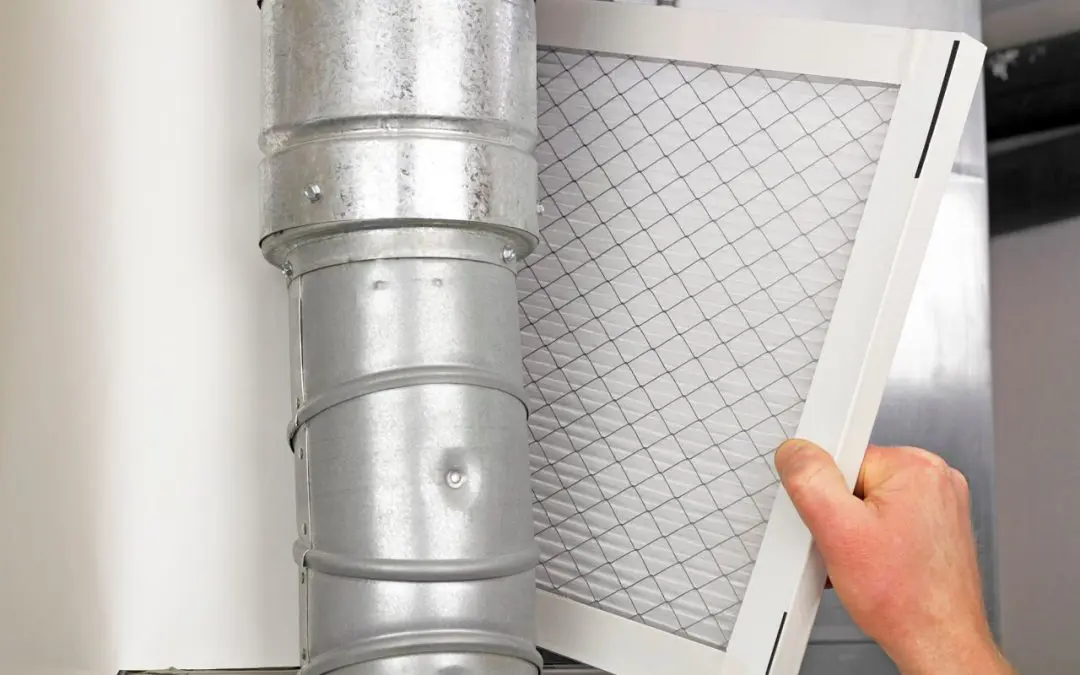Taking care of your home doesn’t have to be complicated or expensive. A little effort throughout the year can go a long way in keeping your place in good shape, avoiding costly repairs, and making sure everything works the way it should. This guide will walk you through the basics of DIY home maintenance.
Why Home Maintenance Matters
Your home is likely the biggest investment you’ll ever make. Like a car, it needs regular care to keep running smoothly. Waiting until something breaks almost always leads to higher repair bills. However, with some routine maintenance, you can catch minor issues before they become big problems. It also helps your home look and function better and last longer.
Keep an Eye on the Roof
Your roof takes a beating year-round. Rain, wind, sun, and even falling leaves can wear it down over time. A quick visual check every few months—especially after a big storm—can help you spot missing shingles, moss growth, or signs of water damage. You don’t have to climb up there if you’re not comfortable. A good pair of binoculars from the ground can do the trick. If anything looks off, call a pro before it turns into a leak.
Check Gutters and Downspouts
Gutters full of leaves and debris can’t do their job. Water can back up and cause damage to your roof, walls, and foundation. Clean them out at least twice a year—once in the spring and once in the fall. Make sure your downspouts are directing water away from your house. If you notice pooling near the foundation, extend the downspouts or adjust the grading around your home.
Test Your HVAC System During DIY Home Maintenance
Your heating and cooling systems work hard to keep your home comfortable. Change the air filter every one to three months to keep it running efficiently. In spring and fall, turn the system on for a few minutes to make sure it starts up and blows hot or cold air. If it doesn’t sound right, or if something smells off, it’s a good idea to have it checked out by a professional. Regular maintenance can add years to the life of your HVAC unit.
Look for Water Leaks
Water damage can sneak up on you fast. Check under sinks, around toilets, and near appliances like dishwashers and washing machines for any signs of leaks. Even a slow drip can cause mold or rot over time. If you find one, tighten the connection or replace the seal. Catching a leak early can save you from bigger problems later.
Seal Up Drafts During DIY Home Maintenance
Walk around your house on a cold day and see if you feel a breeze near windows or doors. If you do, you probably need to seal up those gaps. Weather stripping and caulk are easy to apply and can make a big difference in your energy bills. Keeping warm air in and cold air out (or vice versa) makes your home more efficient and comfortable.
Stay on Top of Yard Maintenance
Overgrown bushes and tree limbs can cause trouble if left unchecked. Trim plants back away from your house to prevent damage to siding, roofing, and windows. This also helps keep pests from using those branches as a path into your home. Don’t forget to clear out leaves and debris from around the foundation—they trap moisture and attract pests.
Inspect Safety Equipment
It’s easy to forget about smoke detectors, carbon monoxide alarms, and fire extinguishers—until you need them. Make it a habit to test these devices once a month and change the batteries twice a year. A good reminder is when you change the clocks for daylight saving time. It’s a small task that can make a big difference in an emergency.
If you’re willing to put in some time and effort, caring for your home isn’t hard—it just takes consistency and know-how. Keep it simple, be observant, and don’t be afraid to get your hands dirty.
Frequently Asked Questions on DIY Home Maintenance
How often should I do home maintenance tasks?
Some tasks, like checking smoke detectors or changing air filters, should be done monthly or quarterly. Others, like cleaning gutters or inspecting the roof, can be done seasonally. A simple calendar or checklist can help you stay on track.
Do I need special tools to do home maintenance?
Most tasks can be handled with basic tools like a screwdriver, hammer, pliers, and a flashlight. Over time, you might want to add a ladder, cordless drill, or a good wrench set, but you don’t need to buy everything at once.
What if I’m not handy or don’t know how to fix something?
That’s totally fine. The key is knowing when something needs attention. You can always look up a how-to video or call in a professional. There’s no shame in asking for help—fixing a small problem is better than letting it grow into a big one.
Is DIY maintenance really worth the time?
Absolutely. Spending a few hours each month on simple maintenance can save you thousands in repair costs later. Plus, you get to know your home better, making it easier to catch problems early and make smart decisions when issues arise.
GreenTech Home Inspections offers home inspections to customers in the Greater Las Vegas area. Contact us to request our services.

